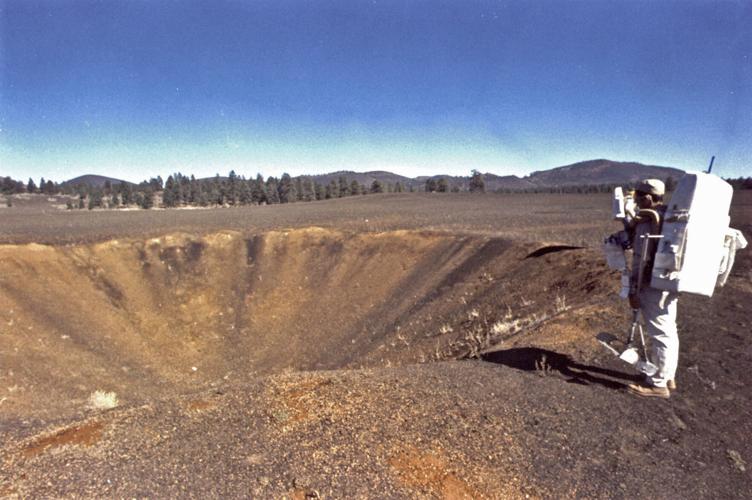
Schmitt training for his Apollo 17 Moon Mission at the Cinder Lake Crater Field Complex | USGS
View from Mars Hill: Schmitt set to be grand marshal in 4th of July parade
As posted on AZDailySun.com on June 4, 2022
In July of 1964, a newly minted PhD geologist from Harvard University packed his belongings in his ’55 Chevy and left Boston for a new job. His destination was the mountain town of Flagstaff — 2,500 miles away — but the trip would ultimately lead to a more distant locality. One hundred times more distant, that is — to a rocky valley on the Moon.
His name was Harrison “Jack” Schmitt, and his work at the recently established Astrogeology Branch of the United States Geological Survey would put him in a position to be selected as a member of NASA’s fourth class of astronauts. During the Apollo 17 mission in 1972, he became the 12th — and last — person to walk on the moon. Fifty-eight Julys after that first one that brought him to Flagstaff, and 50 years since his historic flight, Schmitt is returning to northern Arizona to serve as the grand marshal for Flagstaff’s annual Fourth of July parade.
Like many other geologists in the 1960s, Harrison Schmitt came to Flagstaff to work with Gene Shoemaker, who established the Branch of Astrogeology. The job prospects for a new PhD geologist were limited at the time, but Schmitt heard about the new Branch and decided to write Shoemaker — who he had met years earlier — a letter, asking if he was hiring. Coincidentally, at the same time, Shoemaker wrote Schmitt to ask if he’d like to join the Branch staff. The two letters in fact crossed in the mail.
After accepting the job at the Branch, Schmitt soon took a lead in developing lunar field geological methods — collecting rock samples, taking pictures, making observations — that astronauts would eventually use to explore the moon. He also played a key role in the lunar mapping program that Shoemaker has started.
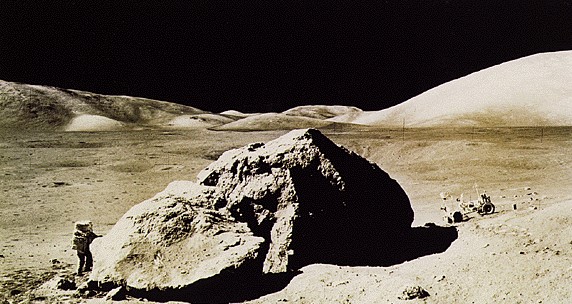
Schmitt exploring “Split Rock” on the Moon. | NASA
Several months into his work at the Branch, Schmitt heard that NASA was planning to expand the astronaut corps, bringing in scientists for the first time. Schmitt said in a recent interview that he was immediately intrigued by the idea of applying but had already agreed to work with Shoemaker for a year. “So the first thing I did,” he explained, “was to have a private meeting with Gene and say ‘Look, I’d like to do this but I have a commitment to you.’ And he said, ‘You’d be crazy not to do it.’”
Shoemaker, in fact, had long dreamed of going to the moon, but a medical condition precluded him from applying. The next best thing for him, then, would be to have one of his fellow geologists go.
With Shoemaker’s blessing, Schmitt joined 1,400 others in applying for the astronaut program. The group was winnowed down based on physical exams and transcripts. The final selection was based on an essay in which candidates had to answer what they would do if they went to the moon. “Well, that’s what I was working on,” Schmitt explained, describing his efforts in developing the geological methods for moon exploration. In the end, NASA selected six candidates to join the astronaut corps: three physicists, two physicians and one geologist — Schmitt.
As an astronaut, Schmitt returned to northern Arizona for mission training and post-mission briefings. He became the only geologist — as well as the only astronaut without a background in military aviation — to walk on the lunar surface and is one of only four moonwalkers (out of 12) still alive.
After leaving the astronaut corps, Schmitt served as a United States Senator from New Mexico, an adjunct professor in the Department of Engineering Physics at the University of Wisconsin, and a private consultant on topics ranging from geology and space to business and public policy.
Schmitt said he looks forward to returning to Flagstaff and serving as grand marshal of the parade. “It will be wonderful to be there and to see old friends,” he said, “and to think about those who are no longer with us, who contributed so much not only to our country, but also to the history and the dynamics of Flagstaff.”
More ‘View from Mars Hill’
- View from Mars Hill: The return of the Perseid Meteor Shower
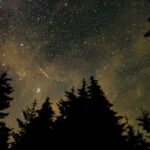 View from Mars Hill: The return of the Perseid Meteor Shower As posted on the Arizona Daily Sun website on 07/25/2023 The passing of July to August signals the arrival of one of the most prominent and reliable meteor showers, the Perseids. It has wowed observers for centuries and inspired many to capture their awe… Read more: View from Mars Hill: The return of the Perseid Meteor Shower
View from Mars Hill: The return of the Perseid Meteor Shower As posted on the Arizona Daily Sun website on 07/25/2023 The passing of July to August signals the arrival of one of the most prominent and reliable meteor showers, the Perseids. It has wowed observers for centuries and inspired many to capture their awe… Read more: View from Mars Hill: The return of the Perseid Meteor Shower - View from Mars Hill: Robert Burnham and his Celestial Handbook
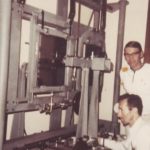 As published on the Arizona Daily Sun website on August 13, 2022. The appeal of astronomy is both intellectual and aesthetic; it combines the thrill of exploration and discovery, the fun of sight-seeing, and the sheer pleasure of firsthand acquaintance with incredibly wonderful and beautiful things… So wrote longtime Flagstaff resident Robert Burnham, Jr., the… Read more: View from Mars Hill: Robert Burnham and his Celestial Handbook
As published on the Arizona Daily Sun website on August 13, 2022. The appeal of astronomy is both intellectual and aesthetic; it combines the thrill of exploration and discovery, the fun of sight-seeing, and the sheer pleasure of firsthand acquaintance with incredibly wonderful and beautiful things… So wrote longtime Flagstaff resident Robert Burnham, Jr., the… Read more: View from Mars Hill: Robert Burnham and his Celestial Handbook - View from Mars Hill: Schmitt set to be grand marshal in 4th of July parade
 As posted on AZDailySun.com on June 4, 2022 In July of 1964, a newly minted PhD geologist from Harvard University packed his belongings in his ’55 Chevy and left Boston for a new job. His destination was the mountain town of Flagstaff — 2,500 miles away — but the trip would ultimately lead to a more distant… Read more: View from Mars Hill: Schmitt set to be grand marshal in 4th of July parade
As posted on AZDailySun.com on June 4, 2022 In July of 1964, a newly minted PhD geologist from Harvard University packed his belongings in his ’55 Chevy and left Boston for a new job. His destination was the mountain town of Flagstaff — 2,500 miles away — but the trip would ultimately lead to a more distant… Read more: View from Mars Hill: Schmitt set to be grand marshal in 4th of July parade - View from Mars Hill: Possible meteor storm in the forecast for May 30
 As posted on AZDailySun.com on May 21, 2022 On the evening of May 30, the sky may come alive with an outburst of meteor activity. The result of a comet that broke apart a quarter century ago, the so-called Tau-Herculid Meteor Shower could exhibit thousands of shooting stars in a short period of time. Or… Read more: View from Mars Hill: Possible meteor storm in the forecast for May 30
As posted on AZDailySun.com on May 21, 2022 On the evening of May 30, the sky may come alive with an outburst of meteor activity. The result of a comet that broke apart a quarter century ago, the so-called Tau-Herculid Meteor Shower could exhibit thousands of shooting stars in a short period of time. Or… Read more: View from Mars Hill: Possible meteor storm in the forecast for May 30 - View from Mars Hill: The Lowell Discovery Telescope by the numbers
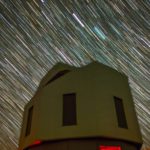 As posted on the Arizona Daily Sun website on 3/26/2022. Aluminum is traditionally used to commemorate 10-year anniversaries. That’s appropriate for such a recognition on April 3 as the preeminent research telescope in these parts — the Lowell Discovery Telescope (LDT) — turns 10. To be specific, April 3, 2012 was the date of “first… Read more: View from Mars Hill: The Lowell Discovery Telescope by the numbers
As posted on the Arizona Daily Sun website on 3/26/2022. Aluminum is traditionally used to commemorate 10-year anniversaries. That’s appropriate for such a recognition on April 3 as the preeminent research telescope in these parts — the Lowell Discovery Telescope (LDT) — turns 10. To be specific, April 3, 2012 was the date of “first… Read more: View from Mars Hill: The Lowell Discovery Telescope by the numbers